Recently I've been studying Python, there is some differences between Py2 and Py3, and it's hard to understand them for new babies.
The shebang in the head is
#!/usr/bin/env python
#-*- coding:utf-8 -*-
And when I want to print out the Chinese characters, things don't work out.
 even if I add the ".decode()" function in each sentence, they are just the same.
even if I add the ".decode()" function in each sentence, they are just the same.

When it comes to Python3, I got an error msg.
UnicodeEncodeError: 'ascii' codec can't encode characters in position 2-3: ordinal not in range(128)
[Finished in 0.1s with exit code 1]